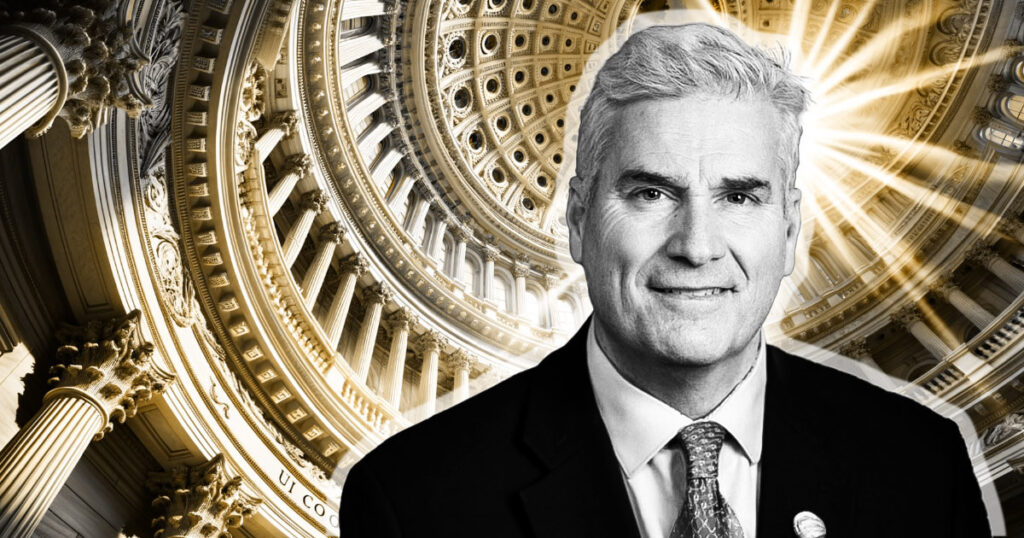Congressman Tom Emmer and Rep. Darren Soto have reintroduced the Securities Clarity Act, a bipartisan effort to bring clarity to the classification of digital assets under federal securities law. This move aims to address the regulatory uncertainty that has been hindering innovation in the digital asset space.
The key focus of the bill is to clearly differentiate between an “investment contract” and the asset itself. By introducing the term “investment contract asset,” the legislation seeks to separate the underlying digital asset from the investment contract it may have been associated with initially. This distinction will allow for regulatory treatment to adapt as the asset transitions to broader utility or decentralization.
Emmer highlighted the importance of clear definitions in enabling entrepreneurs to assess risks accurately and launch compliant products. He emphasized the need for investors to fully participate in the emerging technology without compromising consumer protections. Rep. Soto echoed these sentiments, stressing the significance of predictable rules to support economic growth and responsible oversight while fostering innovation.
The reintroduction of the Securities Clarity Act comes at a time of increasing congressional interest in modernizing digital asset regulation under the Trump administration. Previously incorporated into the FIT21 Act, which passed the House of Representatives with bipartisan support, the bill underscores ongoing efforts to establish clearer jurisdiction between the SEC and the CFTC, two agencies that have often clashed over digital asset oversight.
With global competitors adopting more advanced regulatory frameworks, lawmakers from both parties recognize the urgency of defining how securities laws apply to digital assets. The Securities Clarity Act is seen as a crucial first step in a broader legislative strategy to ensure the US remains a leader in blockchain innovation while safeguarding investors.
Overall, the reintroduction of the Securities Clarity Act signals a continued push in Congress towards regulatory clarity in the digital asset space. By providing a clear framework for classification and oversight, the bill aims to create a conducive environment for innovation while upholding investor protection.

